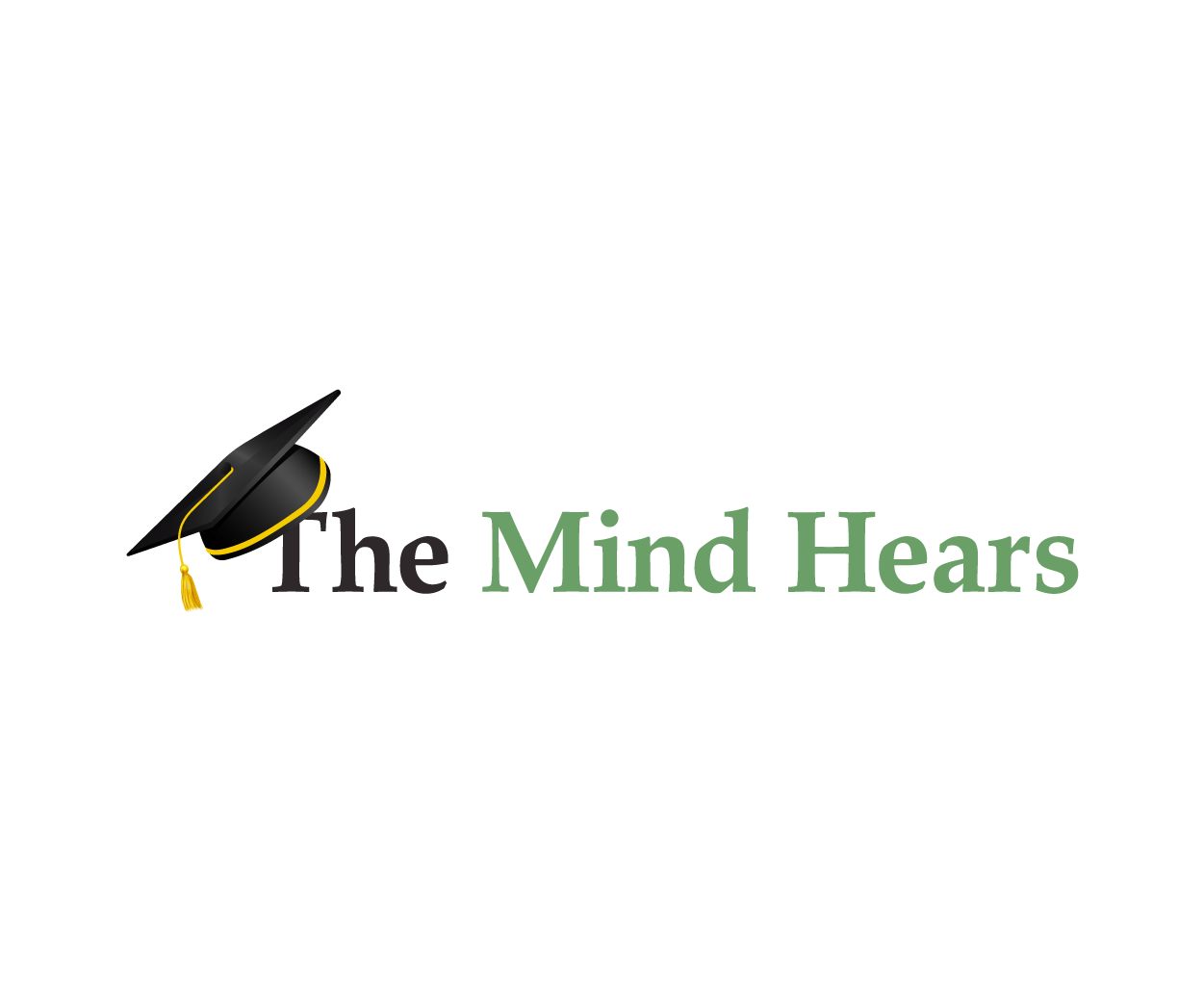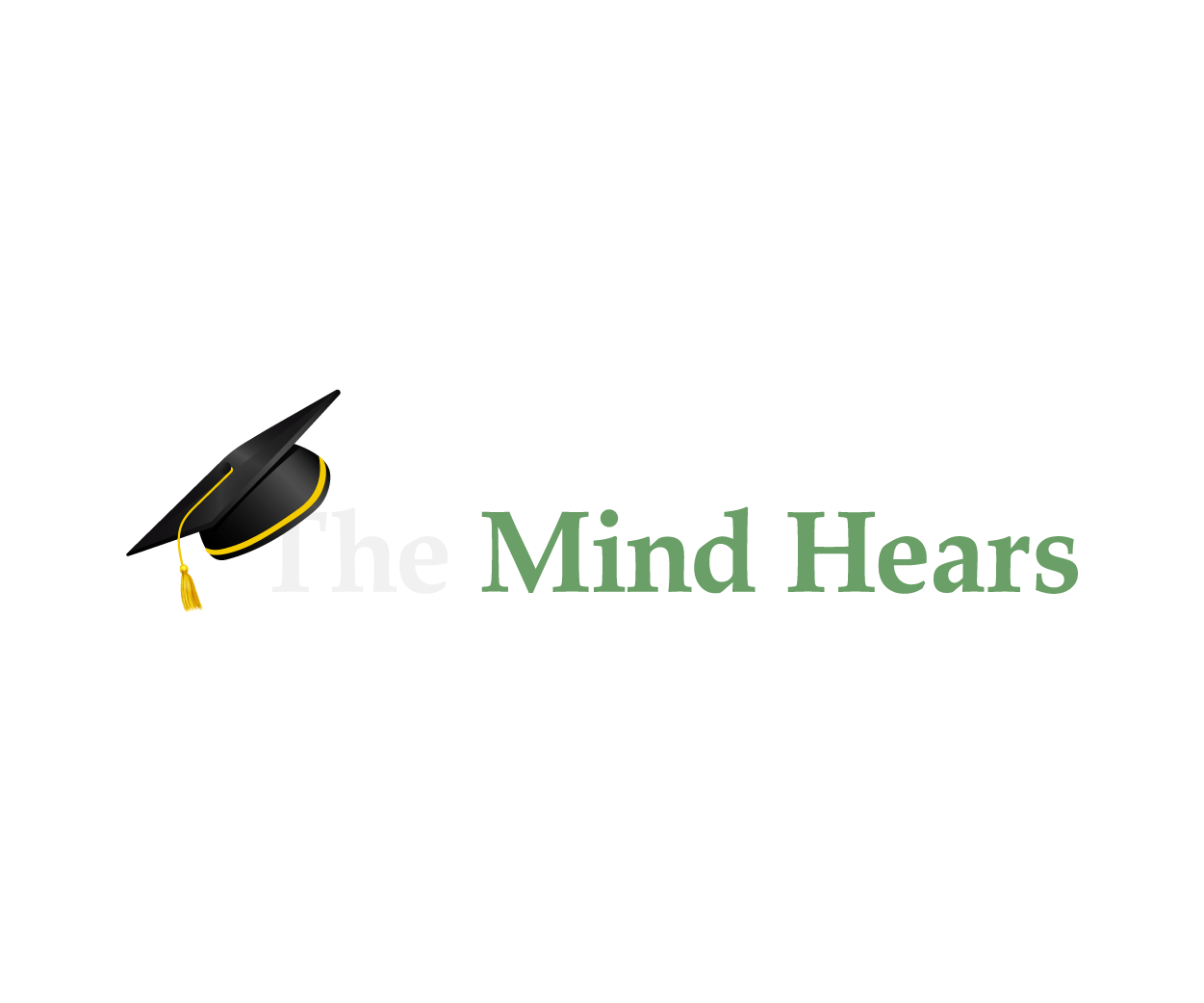New Year’s Resolution 2024: Improve accessibility of your workplace for your deaf/HoH colleagues
Chances are that someone in your department has hearing loss, whether they’ve disclosed this or not, and will benefit from your efforts to...
January 3, 2024Creating community with The Mind Hears open houses
We recently hosted two on-line open house sessions to provide an opportunity for folks to meet other deaf or hard of hearing faculty...
June 29, 2023Invitation to our 2nd The Mind Hears online community meet-up
One of our goals with The Mind Hears blog is to build a community and reduce isolation for deaf and hard of hearing academics. To...
April 18, 2023Bridging communication between the hearing and deaf worlds: a conversation with the founders of Ava
Our mission is to make Deaf and hard-of-hearing peoples’ lives easier and happier in any situation, including academia—that’s why Ava was created.
April 5, 2023Art of Accommodations in the Workplace for Hard-of-Hearing Employees
Although the employee must be able to request appropriate accommodations needed to perform well on the job, the success of disabled employees also...
March 6, 2023New Year’s Resolution 2023: Improve accessibility of your workplace for your deaf/HoH colleagues
Chances are that someone in your department has hearing loss, whether they’ve disclosed this or not, and will benefit from your efforts to...
January 4, 2023Invitation to an online meet-up with The Mind Hears community
One of our goals with The Mind Hears blog is to build a community and reduce isolation for deaf and hard of hearing academics. To...
October 5, 2022The Mind Hears Mission Statement – Welcoming Chinese speakers
Translated by ~Jenny Kung, Heather Fair, and Minru Li With help from Xiang Li, Anran Cheng, and Xiaoxu Ma The goal for The Mind...
September 22, 2022Dear Students: Listen Up. Like, for Real.
Is there anything as vulnerable as a deaf person standing in front of an expectant audience?
January 26, 2022New Year’s Resolution 2022: Making your in-person and remote workplaces accessible for your deaf/HoH colleagues
The new year brings a fresh start to our lives; it’s a natural time to reflect on the year past and make plans...
January 3, 2022
















